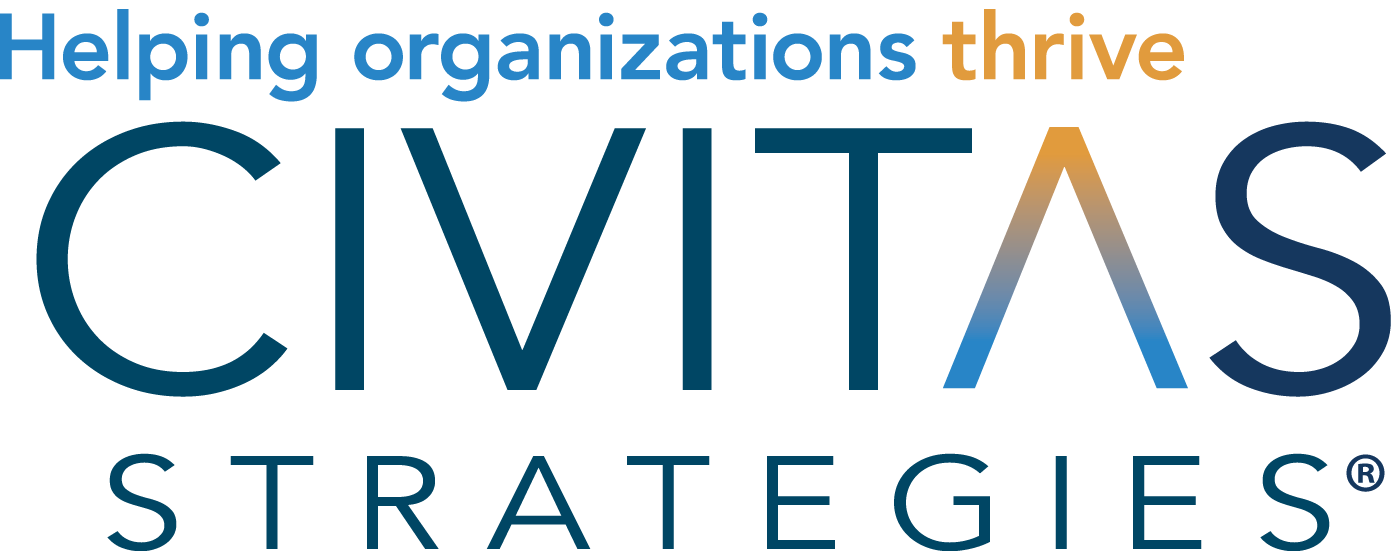Five Tax Tips Every Family Child Care Provider Should Know
Running a child care program out of your home means you're juggling more than just early learning—you’re also managing a small business. That means tax time comes with its own set of challenges and opportunities. Whether you’re just starting out or have years of experience, here are five key tax tips that can help you keep more of what you earn and stay prepared for any surprises.
🔹 1. Don’t Forget Your Basement or Garage
When calculating your time-space percentage—the formula the IRS uses to determine how much of your home you can claim for business use—be sure to include all areas you use regularly for your program. That could be a basement where toys are stored or a garage with emergency supplies. The more space you include (and use), the larger your business deductions may be.
🔹 2. Personal Items Can Become Business Assets
If you already owned furniture, appliances, or equipment before starting your child care business, and you now use them in your program, you don’t need to purchase new ones to claim deductions. Instead, you can depreciate the value of these items and claim a portion of their cost over time. This includes things like couches, microwaves, cribs, and even rugs—as long as they serve your business in some way.
🔹 3. Lawn Care Is a Deductible Expense
Yes, really! If your program includes outdoor playtime and children regularly use your lawn, you can deduct a portion of your yard maintenance. This includes mowing, landscaping, snow removal, and other services. Use your time-space percentage to determine what portion of these costs is deductible.
🔹 4. Report CACFP Reimbursements Correctly
If you participate in the Child and Adult Care Food Program (CACFP), those reimbursements are considered taxable income—and they must be reported on your Schedule C. However, you’re also allowed to deduct the actual cost of meals and snacks, or use the IRS’s standard meal allowance (if you qualify), which often results in a larger deduction. Don’t miss this opportunity to reduce your taxable income!
🔹 5. Consider Hiring Your Spouse
If your spouse helps out in your child care business—even part time—you might be able to officially hire them and set up a medical reimbursement plan (often called a Section 105 Plan). This allows the business to deduct 100% of your family’s out-of-pocket medical expenses, even if you don’t provide a salary. It’s a powerful strategy, but one that must be set up carefully, so consult a tax professional familiar with child care to ensure it’s done correctly.
💡 Bonus Tip: Keep Great Records
The IRS expects child care providers to maintain clear records—especially when claiming home use, depreciation, or mileage. Keep receipts, log your hours of operation, and track your business purchases throughout the year to avoid scrambling during tax season or in the event of an audit.
Need Help?
Browse our free tools and resources for family child care providers, including a downloadable tax guide, recordkeeping templates, and referrals to tax professionals who understand your business.
